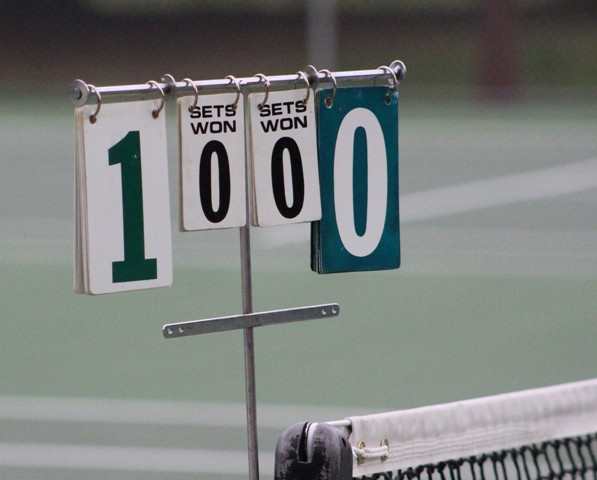The following editorial was written by Bill Scanlon. It was posted on various websites prior to the firing of Patrick McEnroe.
Scanlon’s sentiment is that American tennis doesn’t need to suck. He stated that if you agree, please repost, send this to at least three people via email, and join AdvantageUSATennis.com (it’s free!).
Scanlon won the NCAA Singles Championships as a freshman at Trinity. Afterwards he turned professional and played on the ATP tour for 13 years. At one point he was a top ten player and reached the semifinals of the U.S. Open.
If I Wanted to Keep American Tennis Down
By Bill Scanlon
Last year, my partner and I formed Advantage USA Tennis, a non-profit to help support and promote American tennis. Just for fun, we imagined what we might do if our goal was, instead, to keep American tennis in the dumps.
Here are some of our crazy and entertaining ideas. Obviously, no one would ever actually do them, but just imagine….
First, we’d formally establish a “system” and make sure that every player has to learn the exact same way. That way, if faced with polar opposites like Sampras and Agassi, we could guarantee that one or the other will be shut down.
Next, centralize all the training into one location. Make sure that the players are only exposed to one teaching philosophy and a very few teachers.
At the junior level, we’d reduce the number of national tournaments. There are too damn many opportunities for kids to get excited about tennis. We need most of them to be discouraged and moving on to other sports.
Unfortunately, some players will still show promise. We’d identify these potential champions (threats) early – offer financial incentives to get them into our system. Get them to leave whatever environment has helped them develop thus far. They must relocate to the central training center and conform to the system.
Once we have the players in the system:
Remove the parents. Their love and passionate support could nurture and motivate, potentially causing a player to believe that he could become a champion. Strong parental (or family) influence must not be allowed, as it could result in a future Connors, Agassi, Nadal, Djokovic, Murray, McEnroe, Chang, Bryan Brothers, Williams Sisters, Evert, Sharapova, Graf, Hingis, Seles, Jaeger, Pierce, etc.
Also, remove any coach (or major influence) who has had previous success with the player. Strong, loyal, one-on-one bonds could result in a future Borg, Vilas, Federer, Sampras, Lendl, Becker, Edberg, Roddick, Navratilova, Austin, Davenport, etc.
Coaches should be assigned, shared, and changed often. Allow no personal bonding, continuity, or individual loyalty because these could encourage and motivate the players. It could also build confidence and unacceptable levels of self-esteem. Ideally, a coach should be assigned to a male and female player simultaneously, on separate tours.
Coaches (especially former top-ten players) should be required to teach conformity by the system. Allowing their personal experience and individual knowledge could lead to unacceptable progress.
Finally, once the system has achieved the goal (American tennis sucks), it’s time to build an even bigger central training center and an even bigger system to perpetuate the problem.

